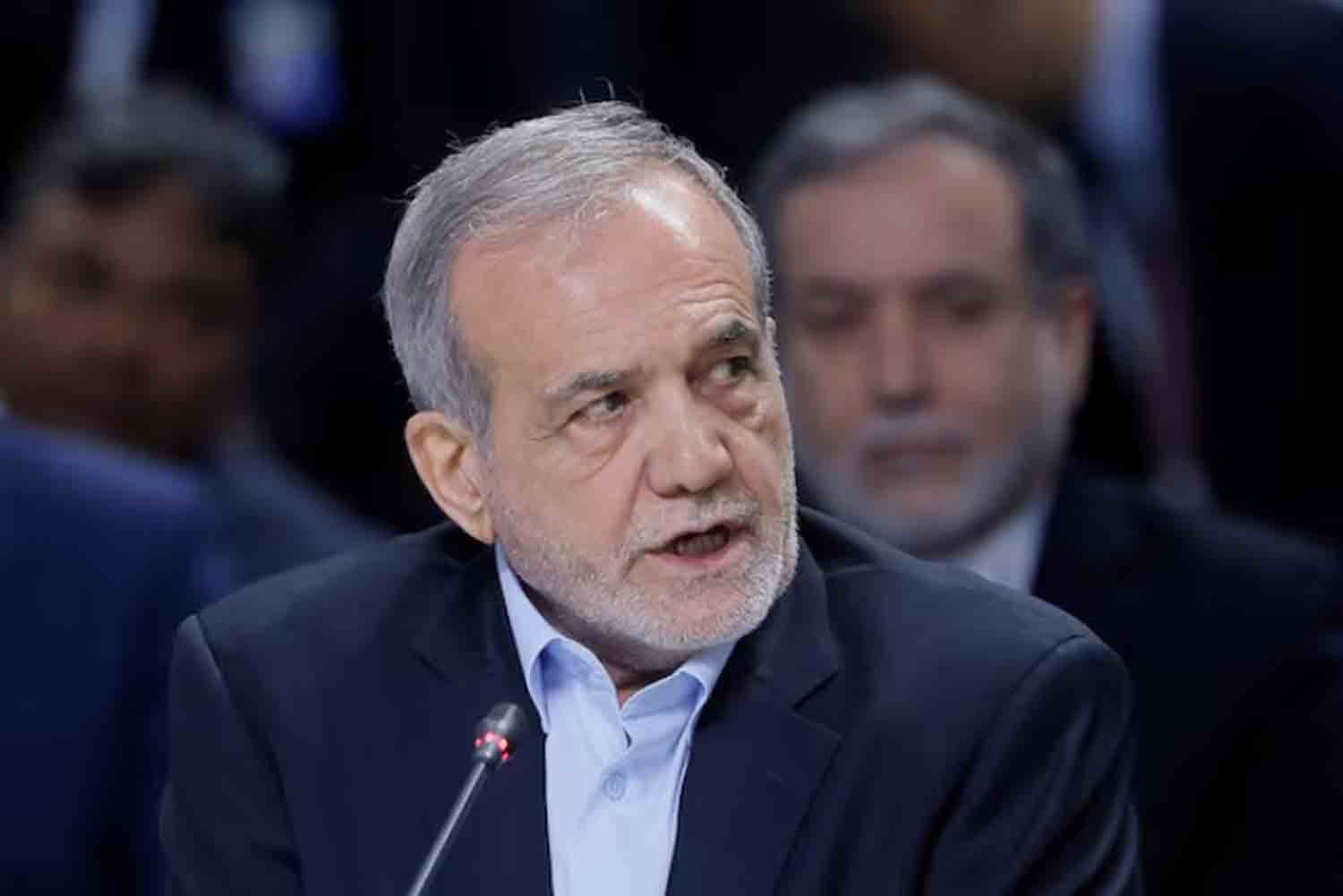This week, General Upendra Dwivedi, the Chief of the Indian Army, stated that India “does not anticipate any disarmament” during the winter months. He further indicated that the relationship between India and China remains characterized by “a certain degree of confrontation,” describing the border situation as “stable yet sensitive.” Despite a border agreement reached in October of the previous year, analysts suggest that deep-seated mistrust and divergent strategic objectives will complicate any efforts to resolve the ongoing issues.
During his Senate confirmation hearing on January 15, Senator Marco Rubio, nominated by President-elect Donald Trump for the position of Secretary of State, pledged to maintain geopolitical competition with China, labeling it “the most powerful, most dangerous, and near-peer adversary we have.” For India, a key strategic ally of the United States in the Indo-Pacific region, the threat posed by Beijing is immediate.
Border Tensions
The unresolved border disputes between China and India have historically fueled tensions, culminating in the 1962 war and various skirmishes over the last sixty years.
The Indian government reported that the status quo along the Sino-Indian border shifted in June 2020 when Chinese forces crossed into Indian territory at several points, resulting in violent confrontations in the Galwan Valley of the Himalayas. This incident led to the deaths of twenty Indian soldiers and at least four Chinese soldiers, marking the first fatalities on the Sino-Indian border in 45 years.
Both nations mobilized thousands of troops armed with heavy weaponry to strengthen their positions, resulting in a prolonged and tense standoff that persisted for over four years.
“The situation is relatively stable, yet not normal”
On October 21 of the previous year, India and China reached an agreement to disengage at two sites, Depsang and Demchok, within the eastern Ladakh region along the extensive 2,100-mile border.
This agreement emerged from four years of rigorous negotiations between the two nations, culminating in the successful disengagement at all points of contention.
Ashok Kantha, who served as India’s ambassador to China from 2014 to 2016 and participated in discussions regarding the border, echoed the sentiments of the Indian army chief, stating, “this is not a normal situation.”
He remarked to VOA in New Delhi that while the disengagement has led to a degree of stability and both sides are exercising greater caution in their patrols, the situation has not reverted to normalcy. Thus, it remains relatively stable, but not normal.
Shortly after the border agreement was signed last October, Indian Prime Minister Narendra Modi engaged in discussions with Chinese President Xi Jinping during the BRICS summit in Kazan, Russia. Both leaders underscored the significance of maintaining peace in the border area and committed to enhancing stability in their bilateral relations.
In December, the two countries convened their first special representatives meeting on the border dispute in five years. Indian National Security Advisor Ajit Doval visited Beijing to confer with Chinese Foreign Minister Wang Yi, where they emphasized the necessity of “effective border management” while seeking “fair, reasonable, and mutually acceptable solutions.”
The minutes from the meeting on the Chinese side emphasized the importance of mending relations in key areas such as trade, cross-border interactions, and cultural exchanges.
A lack of trust contributes to uncertainty in addressing border disputes.
Analysts, however, contend that the border issue will continue to be a significant factor in the overall relationship, with its resolution complicated by mutual distrust.
Daniel S. Markey, a senior adviser for South Asia at the United States Institute of Peace, asserts that the recent warming of relations does not indicate that “the two sides have regained a deeper trust in each other,” noting that from a geopolitical standpoint, they remain “very wary of each other.”
Dr. Jabin Thomas Jacob, an associate professor at Shiv Nadar University in New Delhi, points out that there is “a high level of distrust in India regarding China’s intentions.”
“Although China has previously signed bilateral agreements, they have often been ignored or violated over time,” he stated in an interview.
Beijing has consistently accused India of breaching bilateral agreements while asserting its claim over contested territories.
India’s three-step approach
In the 1990s and early 2000s, the two nations entered into a series of agreements aimed at peacefully resolving border disputes.
In its discussions with China, the Indian government has adopted a three-step approach to address the border issue: disengagement, de-escalation, and the removal of provocations.
Disengagement entails withdrawing troops while resuming border patrols; de-escalation involves pulling back soldiers from points of contention; and the final step focuses on eliminating triggers, where both parties agree on troop and weapon deployments or jointly decide to withdraw forces entirely.
Disengagement has only been successfully implemented in a limited number of areas, while in other regions, buffer zones have been created as a provisional solution.
Kanta, a former Indian ambassador to China, asserts that these buffer zones “align with our actual control” and “represent a shift in the status quo.”
Jacob from Shiv Nadar University concurs.
“The standoff in various locations has only been temporarily addressed through a buffer zone arrangement without any patrolling. This situation cannot be sustained for India, as it implies that China is achieving its goals through inappropriate actions,” he remarked.
Markey from the US Institute of Peace emphasized that although India typically follows a three-step approach, China appears to be “more flexible in its stance.”
“Beijing may have different preferences for the new normal at the border and is, in my opinion, unlikely to agree to India’s conditions for eliminating incentives,” he noted.
China’s strategic considerations
Ambassador Kanta suggests that the divergence in perspectives arises from Beijing’s strategic aim of asserting its “dominance in the region,” which conflicts with India’s goal of promoting multipolarity in Asia and globally.
“China perceives India merely as a regional power. It is unwilling to grant India any special status. Previously, they were more mindful of our sensitivities, but that is no longer the case,” he stated.
He further mentioned that India’s strengthening relationship with the United States has also provoked Beijing.
“China increasingly interprets its relationship with India through the lens of strategic rivalry with the United States.”
Markey asserts that China’s gray zone operations along the Indian border align with its overall strategy in the region, which encompasses the South China Sea and the Indo-Pacific maritime area.
He anticipates that China will not alter its approach moving forward. “The leadership in Beijing continues to recognize the strategic and political advantages of exerting pressure on India at the border,” he noted.
Discover more from Defence Talks | Defense News Hub, Military Updates, Security Insights
Subscribe to get the latest posts sent to your email.





